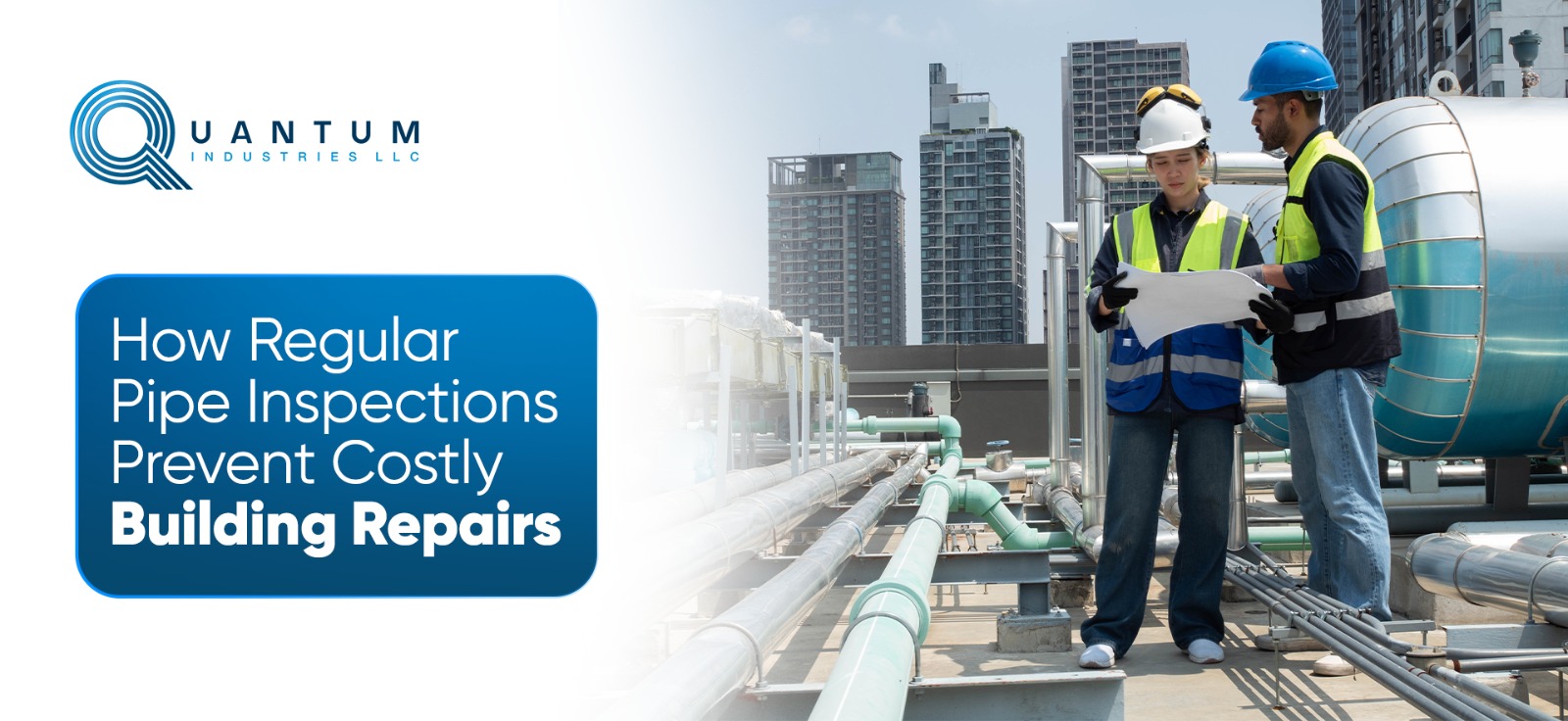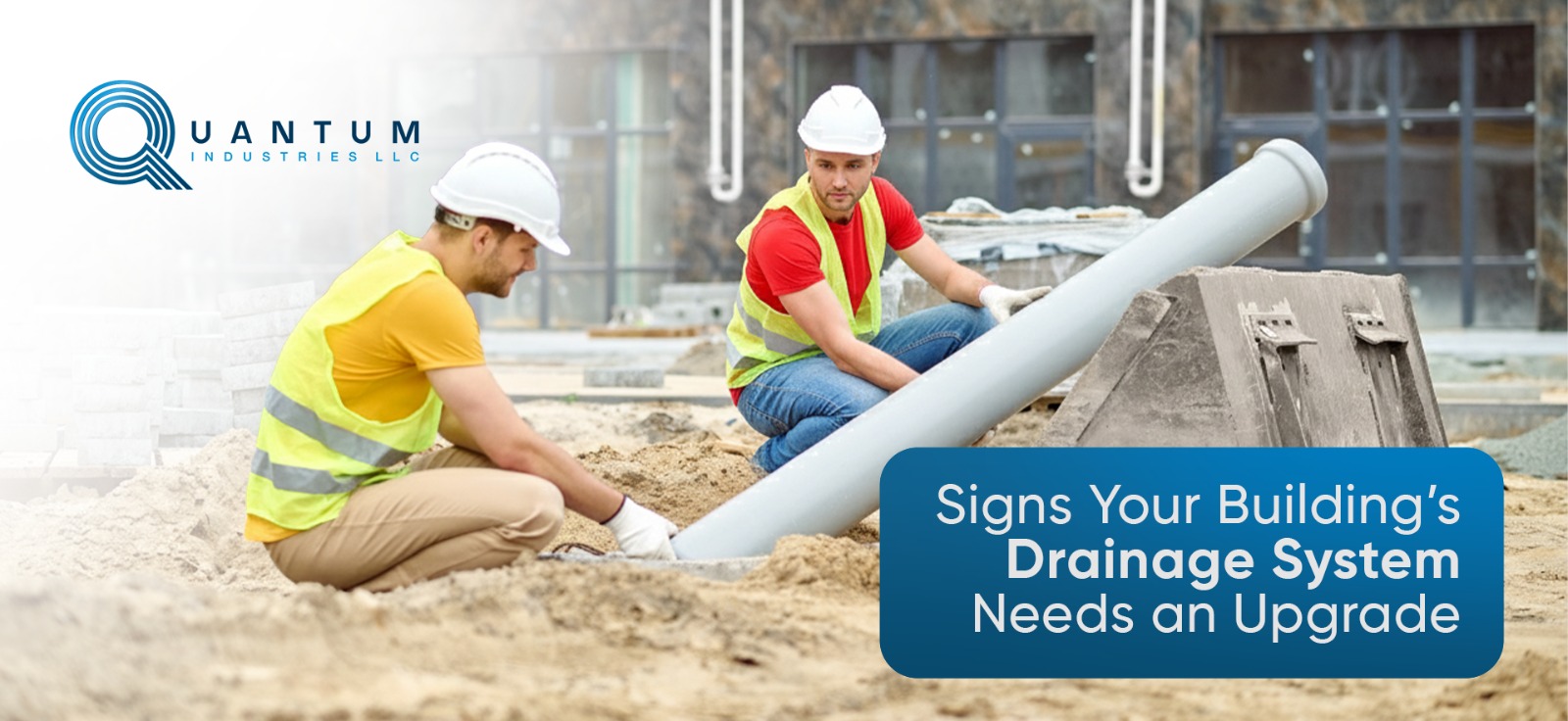



When your work depends on precision, even the smallest machine error can throw an entire project off track. That’s why, in the world of pipeline installations, having reliable, well-maintained equipment is a necessity. PP-R welding machines, in particular, are ideal for creating efficient, high-integrity joints, and maintaining them in top condition is important for consistent performance on-site. These machines are workhorses, especially when you are using high-performance models like the QTherm series from Quantum Industries.
But like any precision equipment, they’re only as good as the care they receive.
Quantum Industries has understood how regular, mindful maintenance doesn’t just extend the life of a welding machine, but it keeps your work consistent, your downtime minimal, and your results professional. In this blog, we’re sharing practical, experience-backed tips to help you maintain your PP-R welding machine, boost its performance, and avoid the costly disruptions that come from preventable issues.
Before you do anything else, get to know your QTherm welding machine inside out. It may sound basic, yet far too many individuals skip this step and end up using their equipment in the wrong way.
Tip from the field: Many service issues come from ignoring small operational warnings. If something feels off like inconsistent heat or longer fusion times, it probably can lead to something serious.
This is one habit that can make a massive difference. PP-R residue or dirt may seem harmless at first, but it builds up fast and starts affecting weld quality.
A clean plate equals a clean weld. So, if you skip this step, you may have to come across inconsistent joints and material burn, both costly to fix later.
If the thermostat on your welding machine isn’t calibrated correctly, you’re working blind. Even a few degrees off can make or break the integrity of your fusion.
Its Importance: If it is too hot, you will weaken the pipe. And, on the other hand, if it is too cold, the bond may not form properly. Neither is acceptable when you are aiming for long-term performance.
Electrical issues are sneaky. They often go unnoticed until your machine suddenly shuts down mid-job.
Also, consider using a voltage stabilizer on sites with inconsistent power supply. A quick surge is all it takes to knock out your thermostat or internal board.
Just like any mechanical equipment, welding machines have parts that need smooth movement to function correctly.
This keeps things moving smoothly, helps stop squeaks, and prevents rust or early damage.
It’s tempting to keep using a machine that “almost” works, but worn-out parts can quickly lead to a complete breakdown.
What to watch for:
Keep a basic spare kit ready at all times: heating elements, thermostats, fuses, screws. That way, if something fails mid-project, you're not waiting days for a replacement.
Pro tip: Preventive replacement is always cheaper than reactive repair.
You would be surprised how many machines fail simply because of poor storage practices.
Long-term exposure to the wrong environment can damage heating plates, corrode terminals, or affect temperature sensors.
You might be doing a great job with daily maintenance, but a professional checkup can still catch things you may not notice and help keep your machine working like new.
Plus, service reports are a solid way to show compliance and quality assurance in larger projects.
Maintaining your PP-R welding machine is mandatory for its long-term reliability, safety, and performance. When each component functions as it should, your work stays efficient, your results stay consistent, and your projects stay on schedule. That’s why trusted welding machines suppliers in UAE always stress the value of regular upkeep to get the most from your investment. To recap, regular cleaning of heating plates, temperature calibration, inspection of electrical components, timely replacement of worn parts, proper lubrication, and scheduled professional servicing are all essential maintenance practices. These simple, yet proper maintenance checklists can go a long way in protecting your machine and keeping your work quality top-notch.

